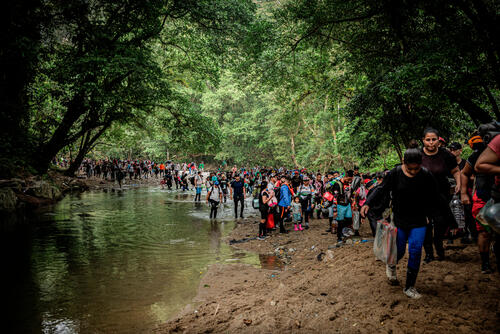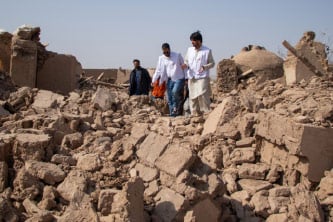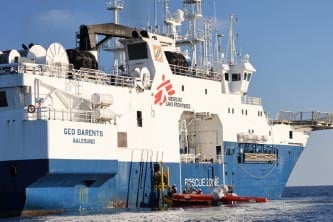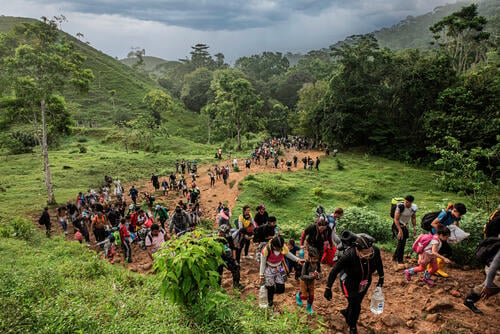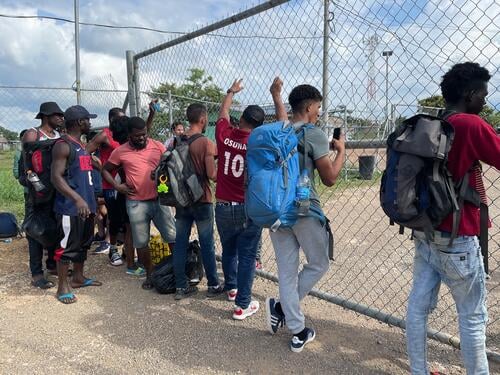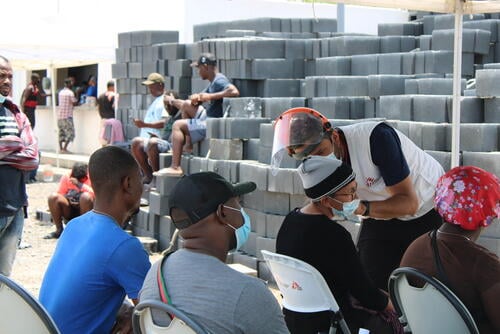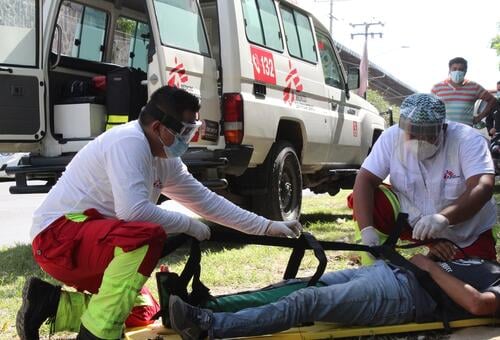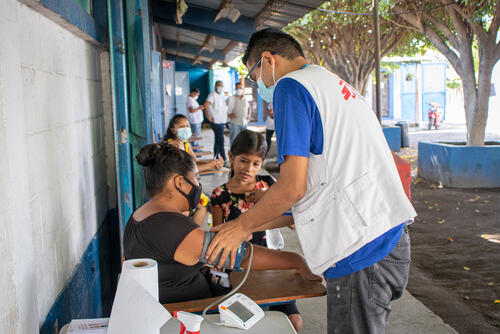In the past two years, our teams have witnessed an expansion of the migratory route to incorporate hundreds of thousands of people who have traversed the dangerous Darién Gap - the tropical forest that acts as a natural border between Colombia and Panama. They then travel through Costa Rica and Nicaragua, and the whole Central American region, with the aim to reach Mexico and the US.
Migrants in the region face multiple constraints in accessing basic goods, humanitarian, medical assistance and protection, as well as administrative barriers that make the journey even more difficult. In addition, many experience various forms of violence along the route.
MSF provides medical-humanitarian care to those who need it most, regardless of their nationality or legal status, in different countries and locations from Panama to the northern border of Mexico.
Featured
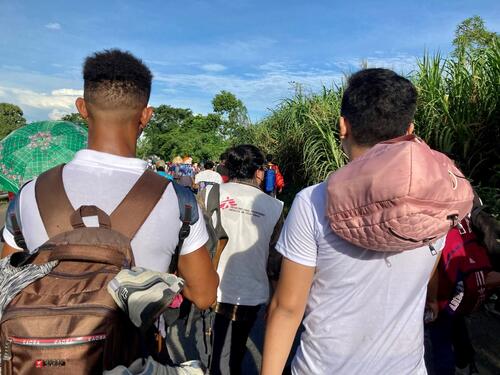
US and Mexico asylum policies leave migrants in deplorable and dangerous conditions

Robbed, raped, beaten: safe migration routes urgently needed between Colombia and Panama
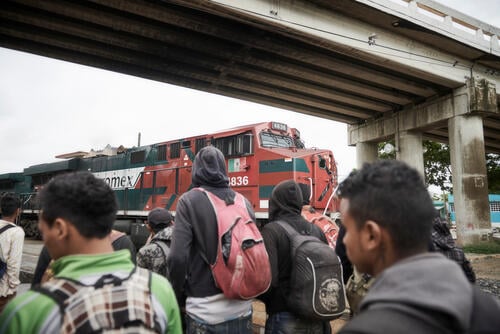
Escaping violence into danger – no way out for Central American migrants
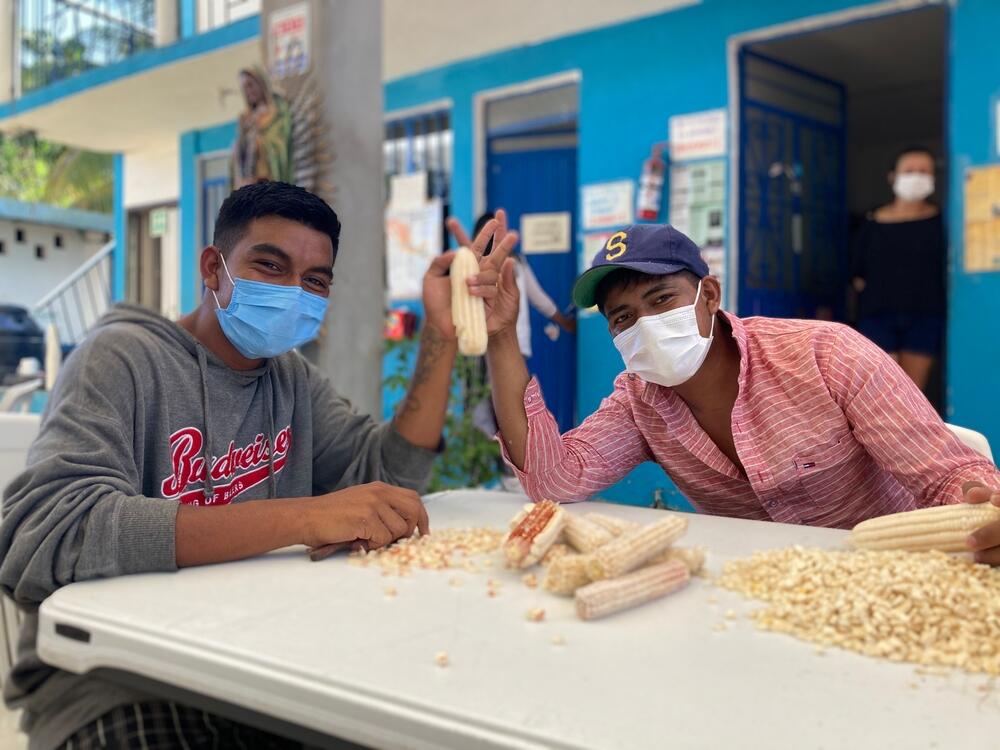
Neither dangers nor policies deter migrants making their way to the US
The number of people migrating north through Central America continue to grow despite restrictive policies, dangers en route and violence. MSF teams are working across the region to provide care to people.

Increase in admissions at MSF centre specialised in treating people for extreme violence in Mexico City
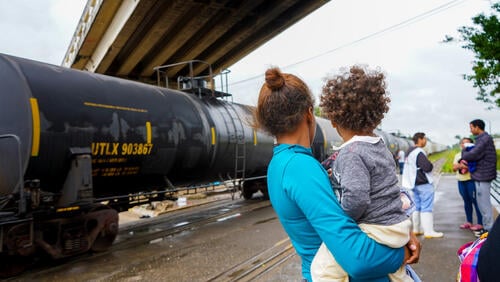
MSF highlights increased risks for migrants following closure of the US asylum process
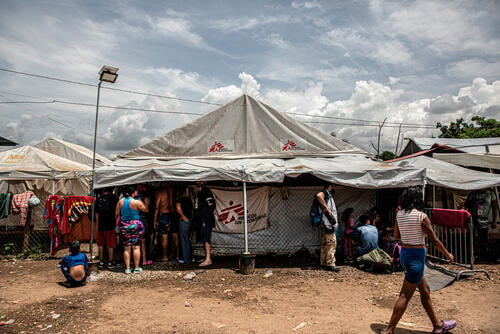
MSF resumes activities in Darién Gap
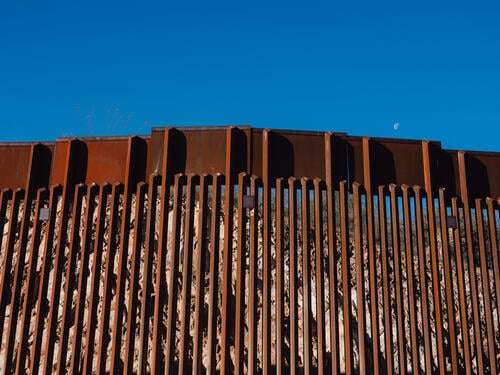
Supporting local groups helping people on the move at the US-Mexico border
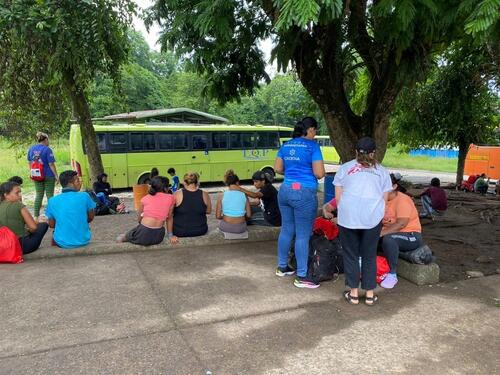
Survivors of sexual violence in the Darién Gap receive care in Costa Rica

Migrants in Central America and Mexico face violence and abuse
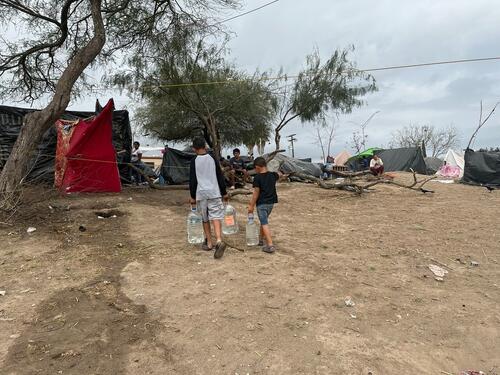
Violence, desperation and abandonment on the Central American migration route
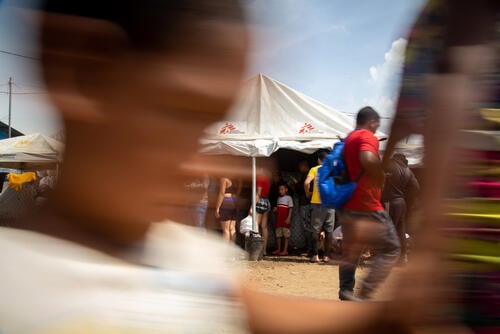
MSF forced to suspend medical care for people on the move in Panama
